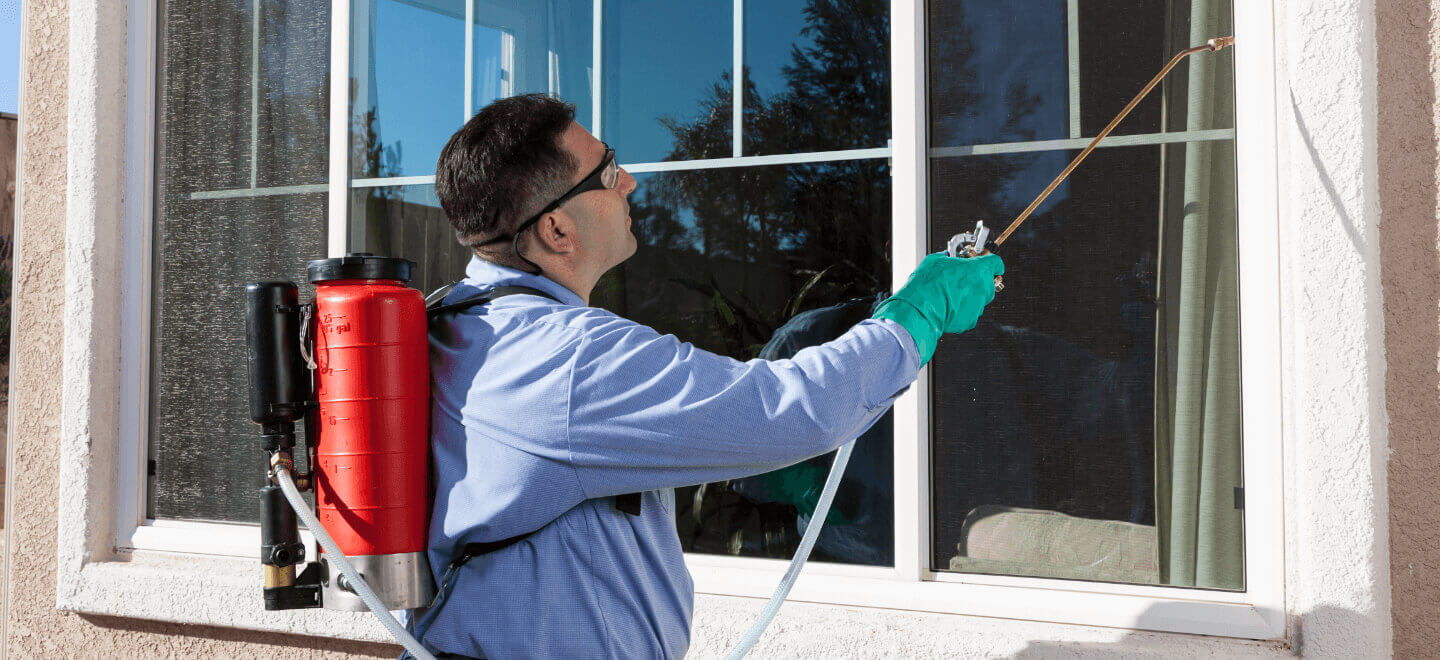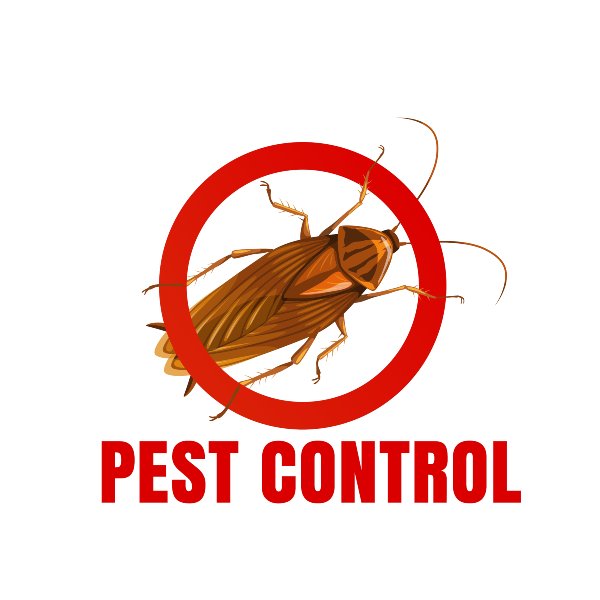Efficient A1 Bed Bug Treatment in Charlotte - Safe and Proven Techniques
Efficient A1 Bed Bug Treatment in Charlotte - Safe and Proven Techniques
Blog Article
Bed Insect Therapy Break Down: Contrasting Chemical Vs. Non-Chemical Solutions
In the realm of bug control, particularly when taking care of the persistent problem of bed pests, the choice between chemical and non-chemical therapy services can be a critical one. Both methods offer unique advantages and drawbacks, affecting factors such as performance, safety considerations, and general price. By analyzing the nuanced information of each approach, a clearer understanding of which path to pursue in dealing with a bed bug problem can be achieved.
Efficiency of Chemical Treatments
Chemical therapies for bed insect invasions have been extensively recognized for their fast and powerful efficiency in eliminating these pests. When thinking about the performance of chemical treatments, it is crucial to understand that they can provide a extensive and quick remedy to a bed bug trouble. Expert pest control operators usually rely on insecticides to target bed bugs at different phases of their life process, including adults, nymphs, and eggs. These chemicals commonly work by disrupting the bed insects' nerve system, causing paralysis and eventual fatality.
Moreover, chemical therapies have the benefit of using residual effects, indicating that they can continue to get rid of bed pests even after the first application. This recurring activity is specifically useful in combating any kind of prospective re-infestations. In addition, the quick action of chemical therapies can bring relief to individuals encountering serious bed insect problems, allowing them to gain back control of their home quickly.
Safety Worry About Chemical Solutions
One crucial aspect that calls for mindful consideration when utilizing chemical remedies for bed bug treatment is ensuring the safety of occupants and the setting. Direct exposure to certain chemicals used in bed bug treatments can lead to respiratory system concerns, skin irritability, or various other negative responses, particularly in individuals with pre-existing conditions or level of sensitivities.
In addition, the environmental influence of chemical remedies is one more considerable consideration. Some chemicals made use of in bed insect treatments may be dangerous to advantageous insects, wild animals, and ecosystems if they leach right into the soil or water supply. It is necessary to make use of chemical therapies judiciously, following safety and security guidelines, and taking into consideration less hazardous options to minimize these risks and guarantee the efficient and safe monitoring of bed insect infestations.
Advantages of Non-Chemical Techniques
Thinking about the potential security worries and ecological impact associated with chemical options for bed pest treatment, exploring non-chemical approaches provides an encouraging choice with several unique advantages. Non-chemical therapies are eco friendly, as they do not contribute to air or water contamination, making them a lasting selection for parasite control.
Additionally, non-chemical options can be reliable in targeting bed bugs, including hard-to-reach locations where chemical therapies might not pass through. Approaches such as warm treatment, vacuuming, heavy steam cleansing, and mattress encasements offer complete elimination without making use of dangerous chemicals. Moreover, non-chemical strategies pest control phoenix can be less turbulent, calling for marginal prep work and enabling for quicker reentry into dealt with areas. Generally, going with non-chemical bed insect therapy techniques not just focuses on safety and security and ecological security however likewise guarantees efficient and extensive pest control.
Limitations of Non-Chemical Treatments

Additionally, non-chemical treatments commonly call for numerous applications to attain effective eradication. This can be time-consuming and may not always ensure full removal of all bed insects and their eggs, specifically in covert or hard-to-reach places.
In addition, the success of non-chemical therapies heavily relies upon appropriate implementation and thoroughness, which can be challenging for individuals without professional competence. Poor application of non-chemical approaches might cause insufficient elimination, bring about relentless problems and the demand for additional therapies.
Therefore, while non-chemical therapies have their benefits, it is important to recognize these restrictions and consider them when figuring out one of the most reliable technique for taking care of bed insect invasions.
Expense Contrast: Chemical Vs. Non-Chemical Options
Given the limitations connected with non-chemical therapies, an important facet to assess in the context of bed pest administration is the cost comparison between chemical and non-chemical choices. In comparison, non-chemical treatments like heat therapy or heavy steam can be much more costly, with expenses ranging from $1,000 to $6,000 for a whole home. While the initial expense of chemical therapies may appear reduced, multiple therapies might be required to totally eradicate the invasion, possibly increasing the general price.
Conclusion

Thinking about the possible safety issues and ecological effect associated with why not try here chemical remedies for bed pest therapy, checking out non-chemical approaches offers a promising choice with a number of distinct benefits.Provided the restrictions linked with non-chemical therapies, an important facet to review in the context of bed insect management is the price comparison in between chemical and non-chemical choices. In comparison, non-chemical treatments like heat therapy or steam can be extra expensive, with prices ranging from $1,000 to $6,000 for a whole home. While the initial price of chemical treatments may seem reduced, multiple therapies may be required to completely eliminate the infestation, potentially raising the general price.In conclusion, when contrasting chemical and non-chemical bed Recommended Reading bug treatment alternatives, it is vital to take into consideration efficiency, safety and security, benefits, restrictions, and price.
Report this page